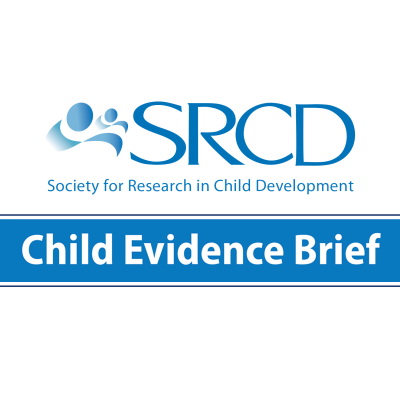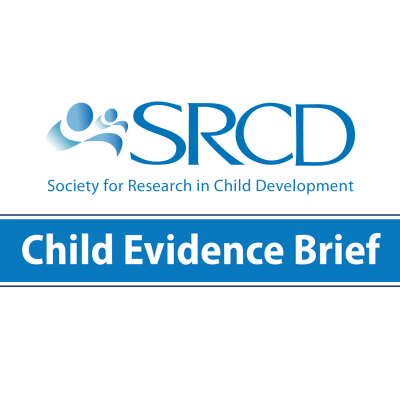The Common Core State Standards: Effects on Educational Practice
Social Policy Report Brief, Volume 28, Issue 2
Why Does This Matter?
The Common Core State Standards emerged in 2010 from a bipartisan effort by states to improve educational performance in ways that lead to enhanced college and career readiness for public-school students in the United States in an economy that had undergone significant change. The Common Core Standards were adopted by 43 states, though they are now being re-examined in some states. The Common Core would set the more rigorous goals for learning across adopting states. Evidence indicates that those states that currently set higher standards also have stronger achievement.
The Common Core Standards set common goals for learning. They do not specify the educational approaches or curricula to be used in implementing them.
Background
- The Common Core Standards are a set of learning expectations related to core knowledge in English language arts/literacy and math that cover what students need to know to be ready for college and careers.
- Every state has had grade-level educational standards for at least a decade. They express the knowledge and skills students need to master at each grade and in specified courses or subject areas to be successful.
- Current curriculum and instructional methods favor compliance-based learning where children follow directions to complete tasks. The Common Core features student ownership of learning and more cognitive processing of content by students, who will need to use and apply what they learn, not just repeat it.
- The Standards were not developed by the federal government but resulted from a process initiated by the nation’s governors and state chief education officers. The National Governors Association and the Council of Chief State School Officers hold the copyright for the Standards.
- Content-area experts, state education department staff, teachers, school administrators, community group members, and parents scrutinized the Common Core before it was offered as an alternative to current standards. States can choose one, both, or neither of the assessments being developed by two state consortia funded by the U.S. Department of Education.
Implications for Policy and Practice
Implementing the Common Core Standards with fidelity will have implications for:
- K-12 Teacher Preparation: School systems will not start from scratch when adopting the Standards. Nevertheless, implementation will need to involve well-planned professional development. The Common Core is organized to facilitate skill development across grade levels. Educators should plan and work together more systematically and deliberately so students can develop cognitive capabilities from year to year. Professional development should include helping educators know how to work with students to better understand their own interests, how they learn best, and the skills they will need to be ready for college and career.
- Assessing Student Progress: A revised assessment process is needed to capture the types of learning and outcomes promoted by the Common Core State Standards. Complementing the tools for end- of-year or summative assessment being developed by two state consortia, educators should develop formative assessments and other measures to track student progress more frequently to guide instruction.
- Higher Education’s Use of Assessment: It will be important for institutions of higher education to use the new Standards-based assessment information on student readiness for college.
- Laying a Foundation: Preparation for the Common Core State Standards can begin prior to K-12. Early childhood educators can help young children acquire key learning skills such as goal setting and self-regulation, and they can contribute to language development.
What The Research Says
The Common Core State Standards are clearer in emphasis and more cognitively challenging than previous state standards. The Standards are also consistent with the national and international consensus about student performance important to success after high school.
For example:
- A 2010 study concluded that the Standards are clearer and more rigorous than most existing state standards.
- A 2012 study found that states with standards more like the Common Core math standards had, on average, higher National Assessment of Educational Progress math scores. A study of nearly 2,000 instructors in U.S. postsecondary institutions found the content of the Standards to be applicable to the success of their students in entry-level courses in 25 subject areas. A content analysis found much similarity between the math standards in the Common Core
- and the standards of the highest-achieving nations participating in the Third International Mathematics and Science Study in 1995.
- A 2010 study comparing standards of high- achieving educational systems in Alberta, Canada, and New South Wales, Australia, with the English language arts Common Core Standards found comparability in rigor, shared organizing structure, and a common focus on the most important student knowledge and skills.
This brief summarizes a longer Social Policy Report, "Common Core: Development and Substance," by David T. Conley, Professor in the College of Education and Director of the Center for Educational Policy Research at the University of Oregon.


